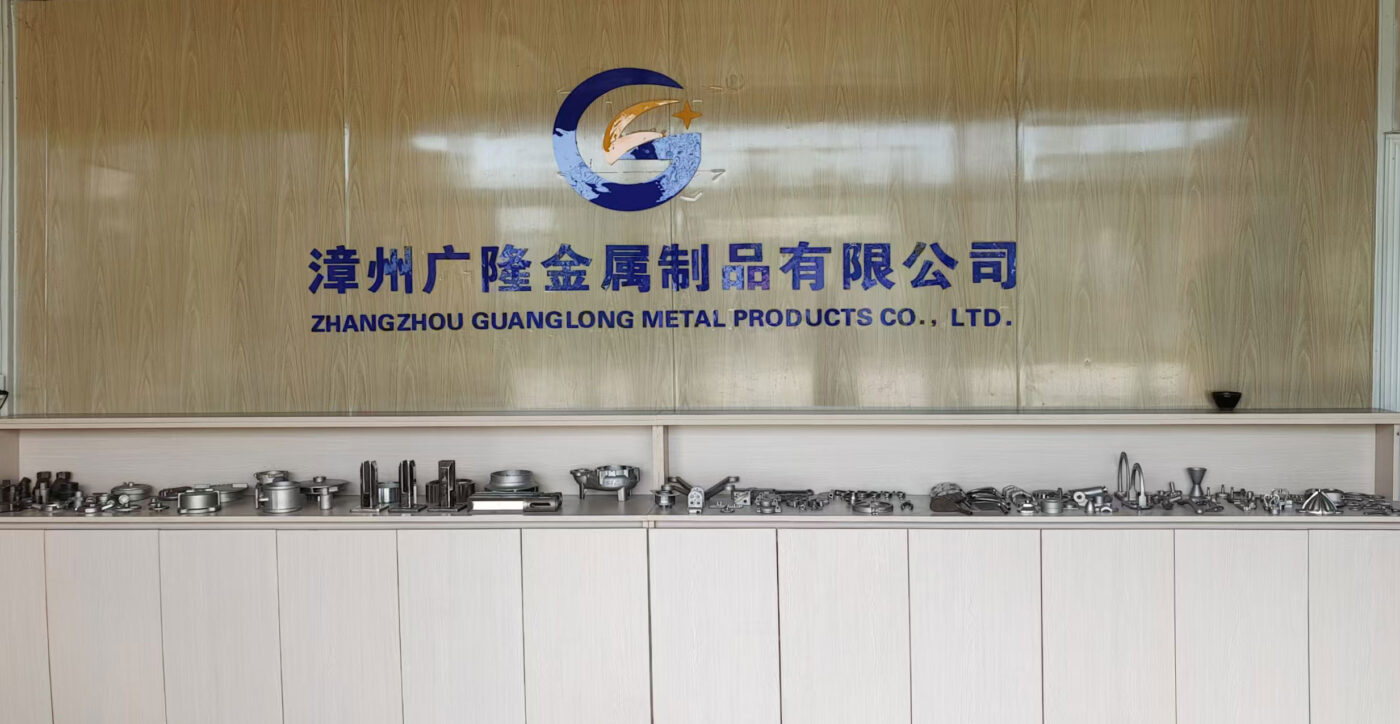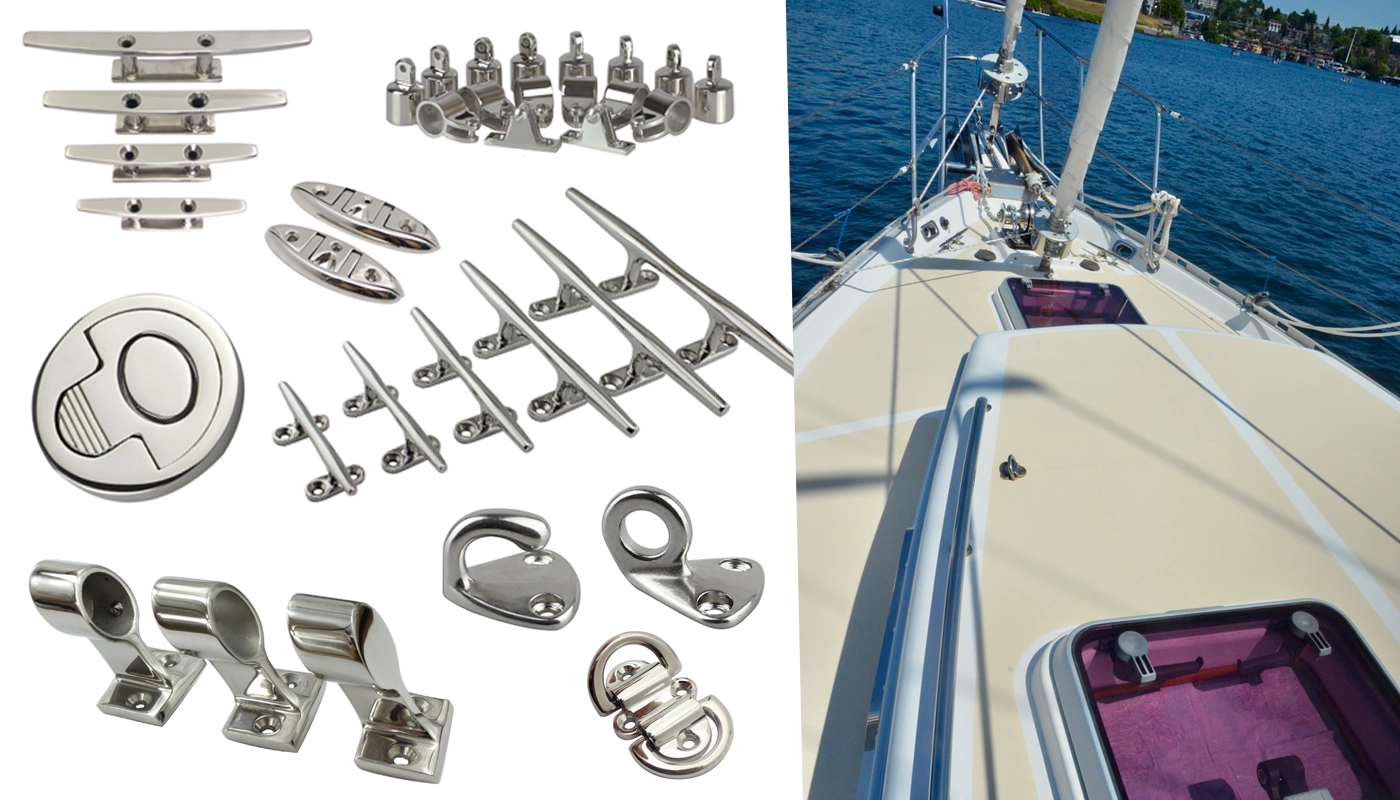Investment Casting For Marine Applications Have you ever wondered how the intricate parts of a ship or a submersible withstand the harsh demands of the ocean? That’s where marine investment casting comes into play. This remarkable process produces complex shapes and high-strength components tailored for marine environments.
In this blog, we’ll dive deep into the “key benefits” and “applications” of marine investment casting, showcasing its vital role in manufacturing resilient and reliable marine hardware.
We’ll cover:
– The “unique properties of stainless steel” and other materials ideal for marine applications
– Why “precision casting” is essential for demanding marine conditions
– Examples of “investment cast products” you encounter in everyday life
By the end of this article, you’ll see why investment casting is not just a manufacturing method but an indispensable asset in the marine industry. Let’s get started!
Introduction to Investment Casting for Marine Applications
Investment casting is a versatile manufacturing process rapidly gaining importance in the marine industry. This technique allows for the creation of intricately designed, high-strength components that can withstand the demanding marine environment. One of its primary advantages is the ability to produce complex shapes and near-net-shape parts, reducing waste and enhancing material efficiency.
In marine applications, investment casting finds utility in producing various components such as valves, pumps, and structural hardware. Materials like stainless steel, cobalt alloys, and nickel-based alloys are often employed due to their remarkable corrosion resistance and durability, essential for marine conditions.
The unique properties of investment casting make it an invaluable asset in shipbuilding and marine hardware manufacturing, catering to the strict performance and integrity requirements of marine fittings. As the marine industry continues to evolve, the precision and reliability of investment casting will remain crucial in addressing its unique challenges.
Marine Investment Casting Materials
Investment casting plays a crucial role in the marine industry, primarily due to the materials selected for fabrication. Let’s explore three key materials:
Stainless Steel
Stainless steel is renowned for its corrosion resistance and strength, making it ideal for marine environments where saltwater exposure is common. It offers excellent castability, allowing for intricate designs without sacrificing durability.
Cobalt Alloys
Cobalt alloys are often chosen for their high-temperature performance and wear resistance. They are particularly effective in applications that require robust components capable of withstanding extreme conditions, including marine engines and propulsion systems.
Nickel-Based Alloys
Nickel-based alloys provide exceptional corrosion resistance and structural integrity. These materials are vital in applications such as turbines and pumps, where reliability and performance are non-negotiable. Their unique properties ensure longevity and efficiency in demanding marine environments.
In summary, the selection of stainless steel, cobalt alloys, and nickel-based alloys highlights the remarkable versatility of investment casting to meet the stringent demands of the marine industry. These materials not only ensure high-quality casting but also contribute to the success of various marine applications.
Application of Investment Casting in Marine Industry
Investment casting plays a crucial role in the marine industry, enabling the production of high-quality, precision components that meet demanding performance specifications. This versatile manufacturing process is ideal for creating complex shapes and intricate designs, ensuring the structural integrity of marine parts.
Common Applications
1. Marine Hardware: Investment casting is widely used to produce various marine hardware, such as cleats, winches, and hinges, which require high strength and durability to withstand harsh marine environments.
2. Propellers: The manufacturing of precision-cast propellers using stainless steel and cobalt alloys enhances their resistance to corrosion and fatigue, ensuring optimal performance.
3. Pump Bodies: Casing for pumps in marine environments is often crafted using investment casting, enhancing their ability to handle heavy loads and resist wear over time.
4. Shaft Components: High-strength shaft components, critical in propulsion systems, benefit from the near-net-shape manufacturing capabilities of investment casting, minimizing material waste and improving performance.
5. Internal Channels: The design flexibility of investment casting allows for the creation of complex internal channels in components, optimizing flow and efficiency in various applications.
Conclusion
In conclusion, investment casting’s unique properties make it an invaluable asset in the marine sector. From hardware to propulsion systems, its ability to produce robust, precise components ensures reliability and longevity in the challenging marine environment.
Advantages of Marine Investment Casting
Investment casting offers numerous advantages for marine applications, making it an essential manufacturing process. Here are some key benefits:
Precision
One of the most notable benefits of investment casting is its ability to produce precision-cast components. The process allows for intricate designs and tight tolerances, which is critical in the marine environment, where each part must fit seamlessly and function optimally.
Corrosion Resistance
Marine components often face harsh conditions that can accelerate deterioration. By utilizing corrosion-resistant materials like stainless steel, cobalt alloys, and nickel-based alloys, investment casting significantly enhances the durability and lifespan of components exposed to marine conditions. These materials exhibit excellent resilience against rust and corrosion, ensuring the structural integrity of marine fittings.
Complex Geometries
Investment casting excels at creating complex shapes that traditional manufacturing methods struggle with. This capability allows manufacturers to innovate and design parts like heavy load brackets and structural hardware that meet specific marine design requirements. The process not only reduces the need for additional machining but also minimizes waste, resulting in high-quality component production.
In summary, the unique properties of investment casting—precision, corrosion resistance, and the ability to produce intricate designs—make it an invaluable asset in the marine industry, addressing the unique challenges faced in this sector.
Disadvantages of Marine Investment Casting
While marine investment casting offers numerous benefits, certain drawbacks must be considered.
Limitations in Scale Production
Investment casting can be less efficient for large-scale production compared to other methods. Each component requires meticulous craftsmanship, which can slow down mass production.
Cost Considerations
The initial costs associated with investment casting molds and patterns can be high. For budget-sensitive projects, this process may not be the most economical choice, especially for simpler components that could be manufactured using less expensive methods.
Material Constraints
While versatile, investment casting may not accommodate all materials effectively. Certain high-strength alloys, while useful, can pose challenges in achieving optimal castability.
In summary, while investment casting plays a crucial role in marine hardware, potential limitations in scale production, high initial costs, and material constraints may affect its suitability for specific projects. Understanding these drawbacks is essential for informed decision-making.
Quality Control in Marine Investment Casting
In the marine industry, quality control in investment casting is paramount. The rigorous demands of marine applications necessitate stringent measures to ensure that every component meets specific safety and performance standards. Here are essential quality control measures employed in the investment casting process:
1. Material Inspection
Before casting begins, materials such as stainless steel, cobalt alloys, and nickel-based alloys undergo thorough inspection. Their unique properties, including corrosion resistance and strength, are evaluated to ensure they meet required specifications.
2. Process Monitoring
During the casting process, continuous monitoring is essential. This includes maintaining precise temperatures and adhering to established timeframes, which helps ensure uniformity and integrity in the final product.
3. Non-Destructive Testing (NDT)
NDT methods such as ultrasonic testing and X-ray inspection are crucial. These techniques detect internal flaws and ensure the structural integrity of components, especially for those used in harsh marine environments.
4. Documentation and Traceability
Maintaining detailed records of every stage of production allows manufacturers to trace back any quality issues to their source. This enhances accountability and further elevates quality assurance.
Implementing these stringent quality control measures solidifies investment casting as a reliable option for marine hardware manufacturing, ensuring durability where it matters most.
Customization Options
Investment casting offers remarkable flexibility in creating customized marine components tailored to specific design needs. This precision casting process is ideal for producing intricate shapes and near-net-shape parts, minimizing material waste and reducing the need for extensive machining.
Tailored Design Flexibility
Manufacturers can easily modify the design of molds to accommodate various specifications. This means you can create precision-cast components that perfectly meet the unique challenges of the marine environment. Whether you need a complex component with internal channels or a lightweight structure to withstand heavy loads, the investment casting process can deliver.
Materials and Properties
Moreover, investment casting utilizes corrosion-resistant materials such as stainless steel, cobalt alloys, and nickel-based alloys, ensuring durability in harsh marine conditions. This customization capability makes investment casting an invaluable asset in the marine industry, allowing for rapid prototyping and adaptability in design.
Why Choose Investment Casting for Marine Applications
Investment casting stands out as a valuable manufacturing process in the marine industry due to its remarkable versatility and ability to meet stringent requirements. Here are some key reasons to choose investment casting:
High Strength and Durability
Investment casting allows for the production of high-strength components. Materials like stainless steel and nickel-based alloys are specially designed to withstand harsh marine conditions. They offer exceptional corrosion resistance, ensuring longevity.
Complex Geometries
This method excels in creating precision-cast components with intricate designs. Investment casting enables the formation of near-net-shape parts, reducing the need for extensive machining and waste.
Cost-Effectiveness
Although initial costs may be higher, the long-term efficiency of high-quality casting methods leads to reduced labor and material waste. This flexibility in manufacturing is vital for projects requiring bespoke marine hardware.
Meeting Specific Requirements
The unique properties of stainless steel and various alloys help tackle the unique challenges faced in the marine environment. This tailored approach is crucial for the development of components for shipbuilding applications and underwater equipment.
By utilizing investment casting, manufacturers can ensure that they are producing components that excel in performance and reliability, making it an invaluable asset in marine applications.
Conclusion
In summary, investment casting plays a crucial role in the marine industry, offering remarkable versatility and precision for producing high-quality components that meet rigorous demands. Its ability to create complex shapes from corrosion-resistant materials like stainless steel, cobalt alloys, and nickel-based alloys makes it indispensable for manufacturing durable marine hardware.
As we move forward, exploring the continuous advancements in casting technology reveals exciting potential for future innovations in marine applications. By leveraging the strengths of investment casting—such as flexibility in design and stringent quality control measures—manufacturers can address the unique challenges posed by the marine environment.
Whether for shipbuilding or underwater equipment, investment casting stands as a vital process, ensuring the structural integrity and performance of parts in various marine applications. We encourage further exploration of its capabilities to maximize the benefits it offers the marine industry.
FAQs
What is investment casting and how does it work?
Investment casting, also known as lost-wax casting, is a manufacturing process where a wax pattern is coated with a ceramic shell. Once the shell is hardened, the wax is melted away, creating a mold. This method is ideal for producing precision-cast components with complex shapes.
What materials are best suited for marine investment casting?
Marine investment casting commonly utilizes materials such as stainless steel, cobalt alloys, and nickel-based alloys. These materials are favored for their excellent corrosion resistance, high strength, and durability in harsh marine environments.
What components are typically produced using investment casting in the marine industry?
Common components include marine fittings, propellers, and valve bodies. These parts are essential for ensuring the structural integrity and operational efficiency of marine equipment.
What are some common advantages of investment casting over other manufacturing methods?
Investment casting delivers precision and the ability to create intricate designs, reducing the need for extensive machining. Furthermore, it ensures high-quality component production, critical for meeting stringent marine environment requirements.
With its unique advantages, investment casting remains a vital process in the marine industry.


